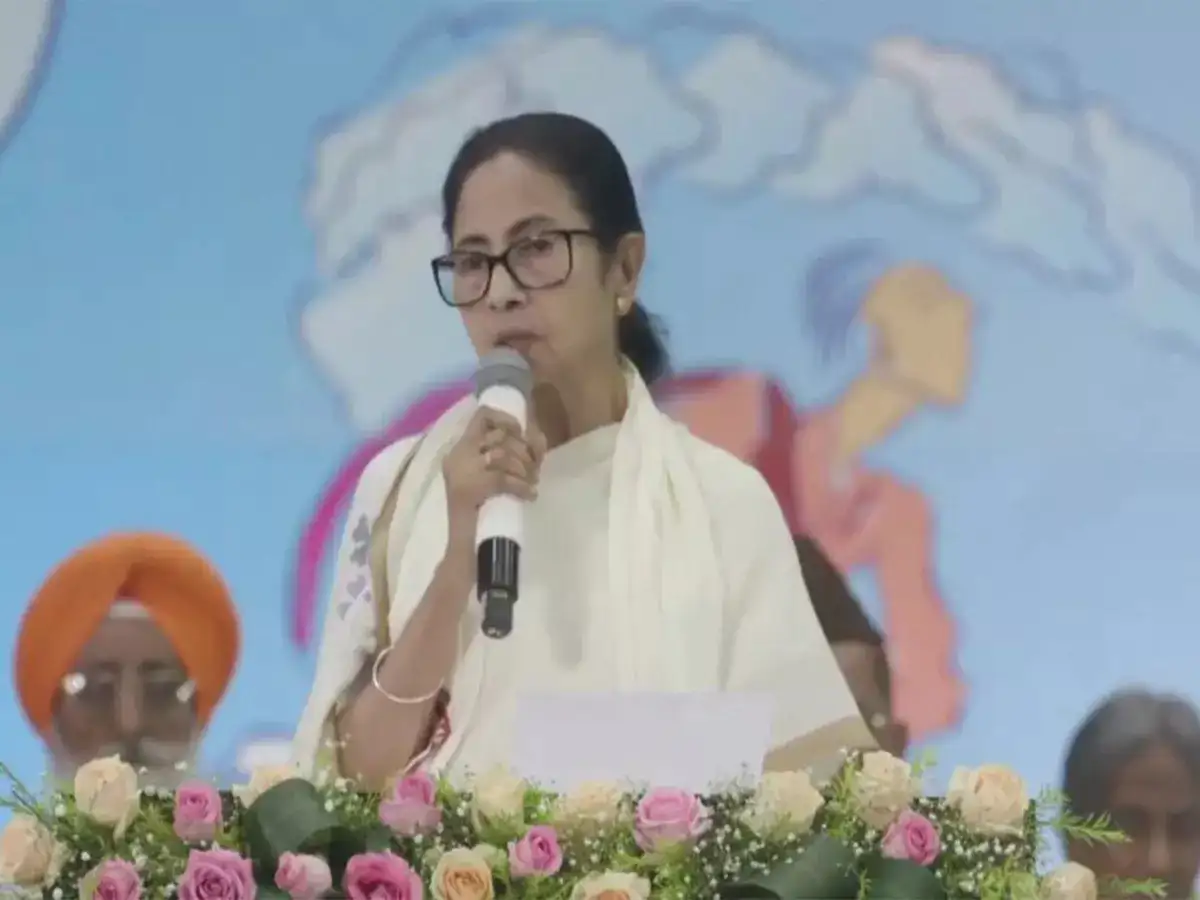Kolkata : West Bengal Chief Minister Mamata Banerjee’s announcement of a Rs 1.1 lakh grant to each of the 45,000 Durga Puja committees, totaling nearly Rs 500 crore, has sparked a heated debate. Unveiled on July 31, 2025, at Kolkata’s Netaji Indoor Stadium, this move has been both lauded as a cultural and economic boost and criticized as a calculated political maneuver ahead of the 2026 Assembly elections. The decision, coupled with an 80% electricity bill discount and waived licensing fees, underscores the Trinamool Congress (TMC) government’s deep entanglement with Bengal’s biggest festival. But was the Bharatiya Janata Party (BJP) prepared for this bold strategy, and does the dole primarily serve Durga Puja or TMC’s political machinery?
Mamata’s decision is politically astute, catching the BJP off-guard. The opposition party, which has long accused her of minority appeasement, finds itself in a bind. Opposing the dole risks alienating Hindu voters, given Durga Puja’s cultural and religious significance in Bengal. BJP leader Suvendu Adhikari’s response, urging committees to reject the funds in protest over unrelated issues like unemployment and a tragic rape case, reflects the party’s struggle to counter Mamata’s move without appearing anti-Hindu. The BJP’s earlier attempts to file legal challenges, as seen in 2020, have had limited success, and their 2025 petition to the Calcutta High Court signals a reactive rather than proactive stance. Mamata’s escalation from Rs 10,000 per committee in 2018 to Rs 1.1 lakh now, alongside consistent overspending (e.g., FY25’s Rs 385 crore against a budgeted Rs 320 crore), suggests a pattern the BJP has failed to anticipate or effectively challenge.
The economic argument for the dole is compelling. Durga Puja is a massive industry, generating Rs 80,000 crore and employing nearly 3 lakh people, according to Mamata’s 2023 claims. A 2019 British Council study pegged the festival’s “creative economy” at Rs 32,377 crore, supporting artisans, decorators, and small businesses. The TMC argues that the grants alleviate financial burdens on smaller committees, enabling vibrant celebrations that fuel this economy. With an 80% electricity discount and no licensing fees, the state absorbs significant costs, potentially justifying the expenditure as an investment in cultural heritage and economic activity.
However, the opposition and critics raise a troubling question: who truly benefits? Many Durga Puja committees are reportedly controlled by TMC cadres, suggesting the funds may bolster the party’s grassroots network rather than purely religious or cultural ends. This perception is reinforced by the TMC’s dominance in urban clusters, where 3,500 of the 45,000 pandals are in Kolkata alone. The grants, critics argue, serve as patronage, securing loyalty from organizers who double as party workers. BJP leaders like Sajal Ghosh and CPI(M)’s Bikas Ranjan Bhattacharya have called it an misuse of taxpayer money, especially when the state owes Rs 10,000 crore in Dearness Allowance (DA) arrears to 12 lakh government employees and pensioners, as mandated by a court order. The state’s Rs 7.06 lakh crore debt further fuels accusations of fiscal irresponsibility.
The secularism debate adds another layer. Critics argue that a government funding a religious festival violates India’s secular principles, a concern echoed since the dole began in 2018. The BJP, while wary of opposing Hindu-centric spending, has labeled it “lumpen-kari” governance, pointing to neglected priorities like education and infrastructure. Yet, Mamata’s narrative—that Durga Puja is a cultural, not just religious, event—has resonated with many, blunting such critiques.In conclusion, Mamata’s Rs 500-crore dole is a masterstroke that neutralizes BJP’s communal rhetoric while consolidating TMC’s base. The BJP’s unpreparedness is evident in its fragmented response, oscillating between legal challenges and moral appeals. However, the TMC’s control over Puja committees raises legitimate concerns about the funds’ true beneficiaries, blurring the line between cultural patronage and political strategy. As Bengal gears up for 2026, this dole will likely remain a contentious yet potent weapon in Mamata’s arsenal.





